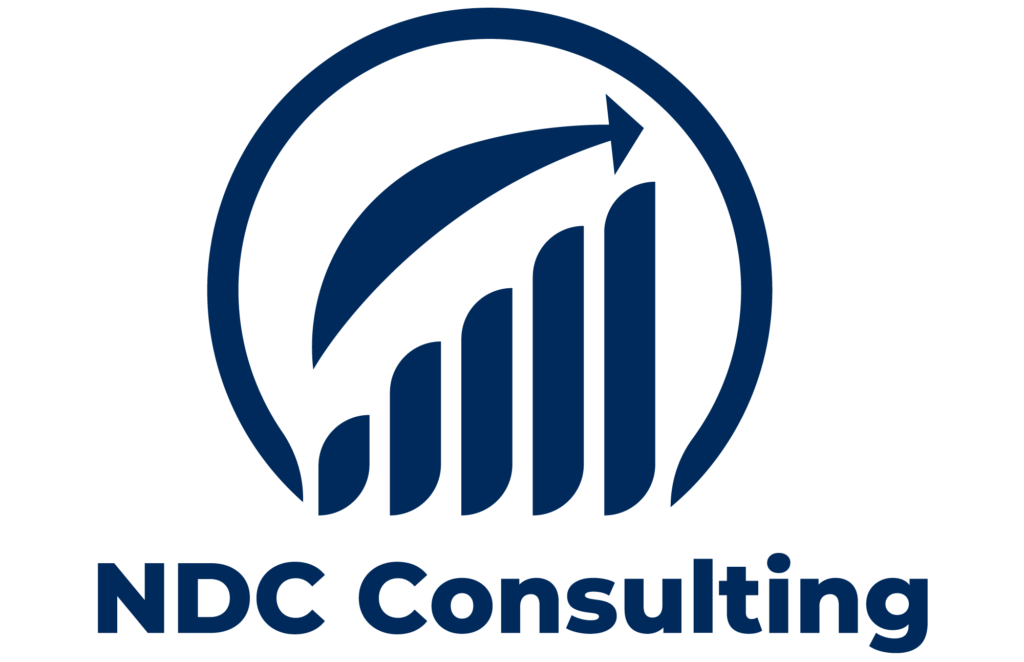HIPAA’s Inception: A New Era for Healthcare Privacy
August 21, 1996, saw the beginning of implementation of the Health Insurance Portability and Accountability Act (HIPAA), which revolutionized the healthcare industry. HIPAA initially aimed to enhance the accountability and portability of health insurance, but it quickly came to be associated with patient data security.

The Dawn of HIPAA: Implementing Privacy and Security
The process was initiated with the December 2000 implementation of the HIPAA Privacy Rule which set national standards for the protection of personally identifiable health information. By April 14 2003 healthcare clearinghouses health plans and providers had to comply with these requirements. This law guaranteed the privacy of peoples health information while permitting the vital information flow required to deliver high-quality care.
The HIPAA Security Rule was originally proposed in February 2003 with the purpose of protecting electronically protected health information (ePHI). This rule became mandatory on April 20 2005. Together these policies protected patient data from breaches and unauthorized access while fostering confidence in the healthcare system.
The Future of HIPAA: Navigating the Digital Landscape
HIPAA will need to adapt along with technology in order to take advantage of the new opportunities and challenges that come with the digital age.
Strengthening Cybersecurity
Stronger cybersecurity requirements are anticipated in future HIPAA updates in light of the growing threat posed by cyberattacks. The purpose of these updates is to protect electronically stored patient health information (ePHI) from sophisticated cyberattacks enabling healthcare providers to preserve patient data availability confidentiality and integrity.
Embracing Advanced Technologies
As a result of the healthcare industries adoption of contemporary technologies like artificial intelligence (AI) and machine learning (ML) HIPAA compliance presents both opportunities and challenges. How these technologies can be used to improve patient care while protecting patient privacy and security may be a challenge for future policy makers.
Expanding Patient Rights
Potential future HIPAA updates could focus on giving patients greater control over their health information by expanding their rights. With the potential help of more extensive data-sharing policies and better use of personal health records patients will soon be able to make more informed decisions about their healthcare.
Conclusion
Since its inception HIPAA has been crucial to protecting patient privacy and health information. In order to stay up to date with emerging risks in the healthcare sector and new technological advancements HIPAA must adapt. By expanding patient rights implementing cutting-edge technologies and strengthening cybersecurity safeguards HIPAA will keep up its promise to protect patient information in the digital age.
HIPAAs journey is far from over the health care sector will continue to benefit from even more innovations and protections in the future. Due to HIPAAs ongoing development patient privacy will remain a top priority going forward fostering trust in the healthcare system.

